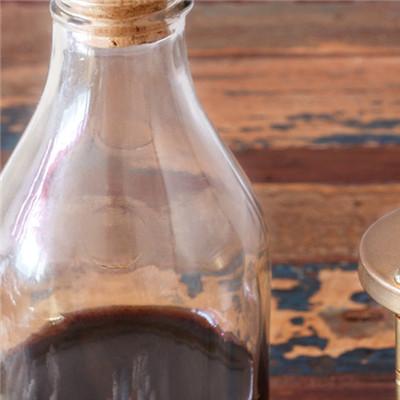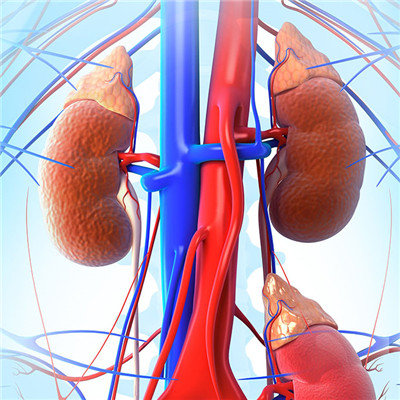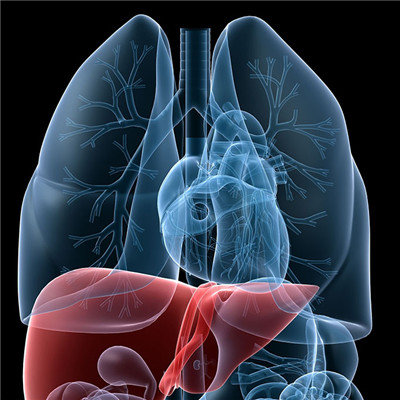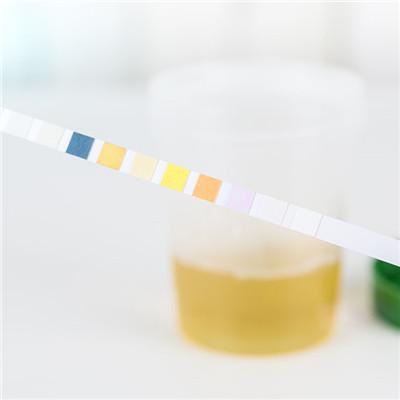How to check the fallopian tube
summary
My wife and I are very old. We've been married for eight years and always want to have children. I've never been pregnant. A few years ago, there was no deliberate treatment, I always felt that I would be pregnant. Now his wife is nearly 40 years old, and her fallopian tube is blocked after examination. Very anxious. For patients with this disease should be treated as soon as possible, I will tell you about how to check the fallopian tube.
How to check the fallopian tube
First: salpingography is one of the common examinations for patients with tubal obstruction. Contrast agent is injected into uterine cavity and fallopian tube through catheter. Then use X-ray diagnostic apparatus for X-ray fluoroscopy and radiography, according to the contrast medium in the pelvic cavity and fallopian tube development, in order to understand whether the fallopian tube is smooth, so as to carefully observe the blockage site and blockage.

Second: the best time for examination is 3-7 days after menstruation, commonly used preparations are 40% iodide, organic iodine preparation or iohexol; before contrast examination, iodine allergy test should be done first, and 2.5% iodine tincture should be applied on the flexure surface of forearm (about 2-3cm in diameter), and then scratch it, and observe whether there is swelling reaction after 20 minutes. Conjunctival instillation and intravenous injection of contrast agent are also common test methods. Skin urticaria, sneezing, chest tightness, laryngeal edema, etc. are all positive manifestations, suggesting iodine allergy; before angiography, patients should empty their bowels and urine, and take laxatives if necessary, so as to keep the uterus in the correct position.
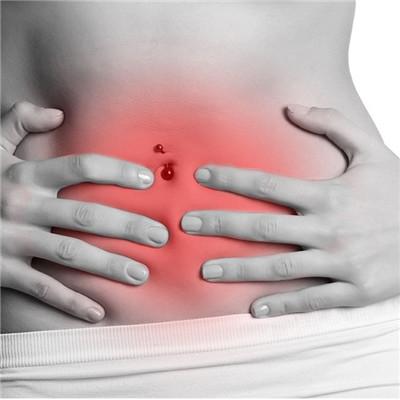
Third: the patient lies on the X-ray machine operating platform, after routine disinfection, the injection is slowly injected under fluoroscopy. The first injection volume was 3 ~ 5ml, and the condition of entering uterus and oviduct was observed, and an X-ray was taken. Continue to push in the contrast medium, continue to take the film after 5-10 minutes, and then take the film at the same site after 24 hours. If there is no contrast medium in the pelvic cavity, it indicates that the bilateral fallopian tubes are blocked; if there is a small amount of contrast medium in the pelvic cavity, it indicates that the fallopian tubes are unobstructed.

matters needing attention
Patients with fallopian tube blockage can eat a certain amount of milk food, but the daily intake of fresh milk should be appropriate to avoid excessive.




